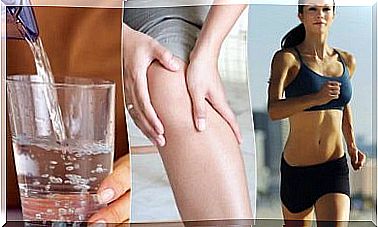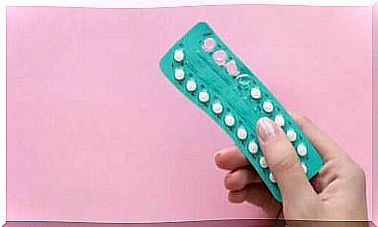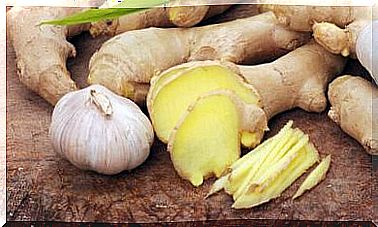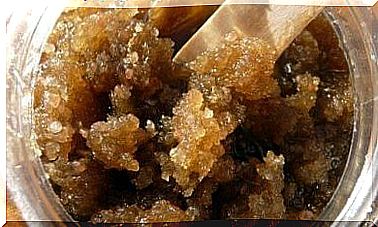8 Tips For Faster Relief From Swollen Legs
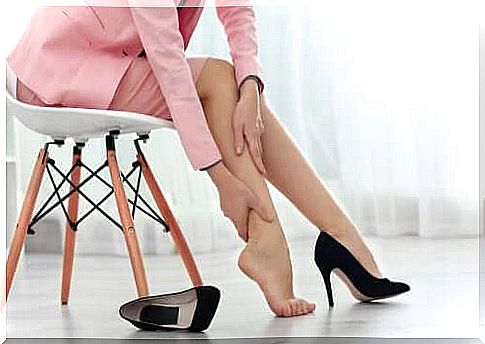
Below we look at the main causes of swollen legs and give you no less than eight simple tips for faster relief from swollen legs. Having swollen legs can be the result of, among other things:
- overload
- circulatory problems
- fluid retention
This symptom usually affects women and is described as a feeling of heaviness , which sometimes makes it difficult to move. Swelling often leads to periods of prolonged pain that only goes away with rest.
In addition, it can be accompanied by complaints such as:
- tingling
- numbness
- other symptoms that are difficult to treat and reduce your quality of life
While in most cases this condition will go away on its own without the need for treatments, there are some steps you can take to treat it naturally.
Causes of Swollen Legs

The main cause of this condition is poor blood circulation in the lower part of the body. The gravity and weight of the body make it difficult for the blood to return to the heart efficiently.
In addition, another common cause is fluid retention, which can occur as a result of kidney problems. Problems with kidney function are often the result of excessive salt consumption. However, kidney problems can be the result of various diseases.
Other Causes of Swollen Legs
The following situations can also cause swollen legs:
- sit or stand for a long time
- pregnancy
- overweight or obese
- taking medications for diabetes or hypertension
- heart or kidney failure
- autoimmune diseases such as rheumatoid arthritis
- wearing inappropriate shoes (such as heels)
- sedentary lifestyle
- physical trauma
Symptoms of Swollen Legs
Swollen legs are characterized by noticeable inflammation in areas such as the knees and calves. However, this discomfort tends to cause other uncomfortable symptoms. The intensity of these symptoms can vary depending on the underlying cause.
The most common symptoms include:
- a feeling of heaviness and tiredness in the legs.
- tingling, itching and leg cramps.
- legs are red and warm to the touch.
- pain that increases with any kind of physical exertion.
- the development of varicose veins.
Natural ways to relieve swollen legs
When swollen legs are caused by a disease, it is usually necessary to take anti-inflammatory and analgesic drugs to relieve this condition.
Regardless of the cause, the following tips along with proper medical treatment can usually provide quick relief from swollen legs.
1. Put your feet up

Keeping your legs elevated for a few minutes can help reactivate blood circulation. This allows blood to flow back to the heart more easily. In addition, this simple exercise also relaxes the muscles and reduces the tension in your legs.
2. Wear comfortable shoes
The use of comfortable and well-ventilated shoes can reduce the occurrence of swelling. Therefore, instead of wearing heels and tight shoes, choose flat shoes, the best option for everyday wear.
3. Drink more water
Drinking six to eight glasses of water a day can reduce the risk of inflammation that causes discomfort in the lower extremities. Drinking water stimulates lymphatic drainage and proper drainage of fluids retained in the tissues.
4. Take a cold shower
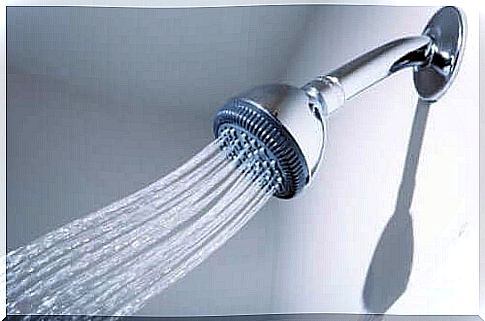
One of the best natural ways to relieve swollen legs is with cold water. The lower temperature stimulates blood flow and helps prevent varicose veins. In addition, it relaxes the muscles and reduces pain.
5. Use Natural Diuretics
Diuretic foods such as pineapple, celery, and artichoke are ideal for combating fluid retention in the legs. These products can help improve kidney function and, as a result, increase the regulation of urine output.
6. Get moving
Exercise offers several benefits if you suffer from uncontrollable inflammation that restricts your movement, especially in the legs.
- First, it helps you control your weight, which is a common cause of an inflammatory response.
- Second, it also helps fight fluid retention and promote circulation.
7. Use Magnesium Sulfate
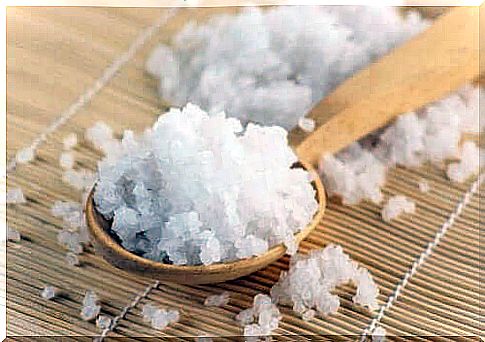
Baths with magnesium sulfate (also known as epsom salt) are a classic remedy for relieving swollen legs. In addition, this ingredient acts as a muscle relaxant, reducing stiffness and tension. The mild analgesic effect soothes the pain and allows the muscles to rest.
8. Get a massage
Massage, preferably with essential oils, stimulates lymphatic drainage and circulation, reducing inflammation in the legs. As a result, it increases the elimination of toxins, fluids and other waste that can contribute to the swelling.
Conclusion
Finally, remember that you should see a doctor if you have regular leg swelling or if the swelling doesn’t go away. Sometimes, even when you follow these tips, other complications can arise from undiagnosed conditions. Therefore, if in doubt, contact an expert.
